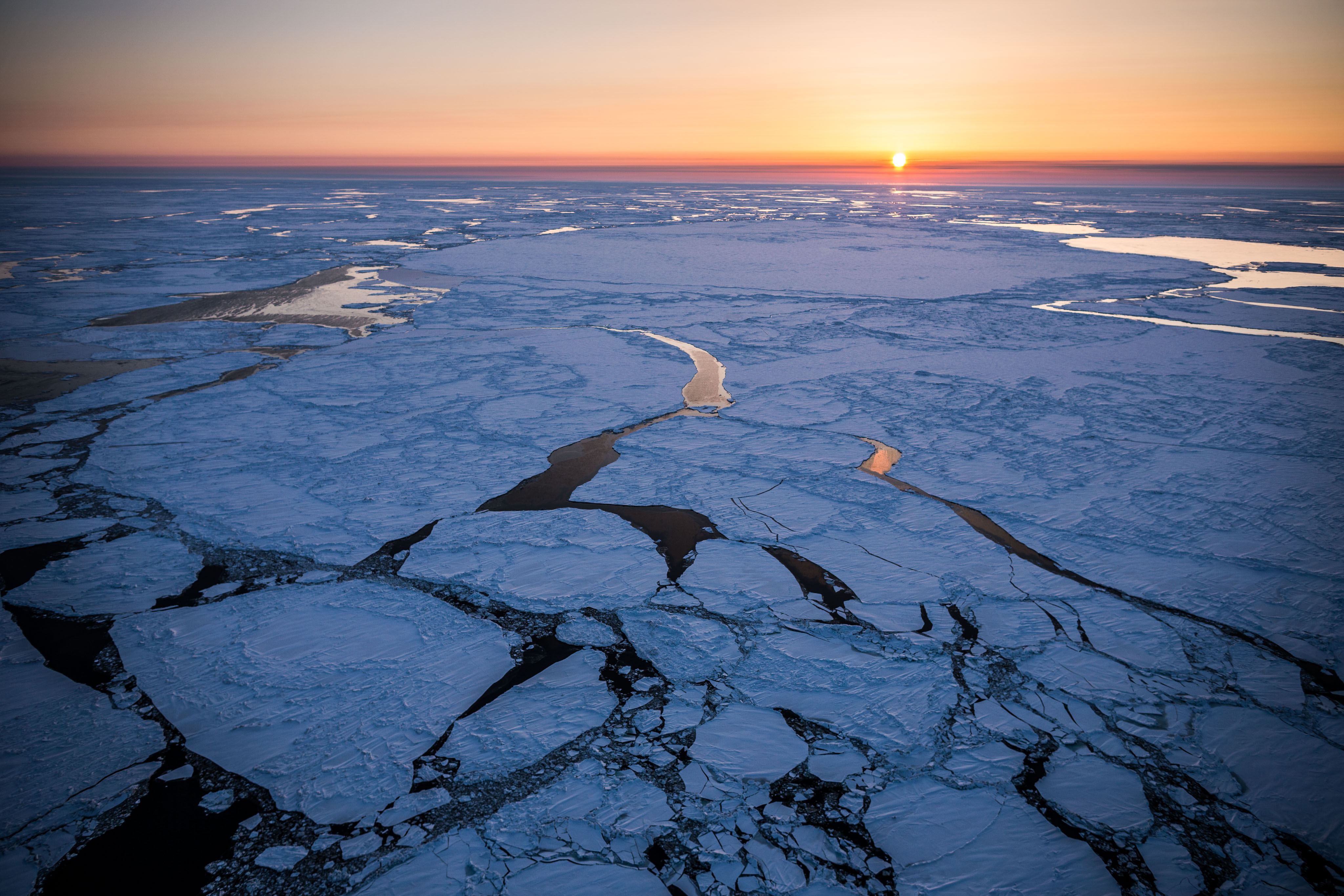The 2016 Bering Sea heat wave was the warmest on record

The Bering Sea in 2016 was warmer than at any time in the 35-year record of satellite measurements of sea-surface temperatures, with extraordinary heat that went down to depths of 300 meters below the surface — a condition that almost certainly was the result of anthropogenic climate change, according to a report issued earlier this month by the American Meteorological Society.
The 2016 heat wave in the Bering Sea and Gulf of Alaska, an event tied to massive seabird die-offs and widespread deaths of large whales, harmful algal blooms found as far north as the Bering Strait and fish-harvest problems, was one of 21 extreme-weather events around the globe found to have significant links to long-term climate change.
In the case of the Bering Sea marine heat wave — the most sustained ever recorded — and the Gulf of Alaska event, anthropogenic climate change combined with other factors, said the report, a supplement to the Bulletin of the American Meteorological Society.
An unusually strong El Nino event, a positive and warm phase in the Pacific Decadal Oscillation cycle, leftover heat in the waters from a strong warmup in 2014 and 2015 and unusual atmospheric circulation patterns — all on top of long-term human-caused climate change — “made for a ‘perfect storm’ of marine heating around Alaska,” the report said. “Both anthropogenic forcing and internal variability were necessary for the extreme warmth of the sub-arctic seas.”
“Given the many impacts of the 2016 anomaly, the future climate projected here will result in a profound shift for people, systems, and species when such warm ocean temperatures become common and not extreme” in the Gulf of Alaska and Bering regions.
The probability of getting conditions like those in 2016 will be much higher in future decades, said Molly McCammon, executive director of the Alaska Ocean Observing System and a co-author of the report chapter about the Bering and Gulf of Alaska marine heat waves.
“This is going to be more like the new normal than in the past,” McCammon said.
But there is still a lot of variability in the system, so plenty of years will not match the 2016 conditions, she said. “It doesn’t mean you’re going to see it again next year,” she said.
The 2016 marine heat wave left several impacts on people who depend on fish and wildlife for their livelihoods and food sources, the report said. Lack of winter sea ice in Bering delayed or prevented ice-based harvests of fish, crab, seals and whales, and shellfish harvesters contended with harmful algal blooms in the North Pacific, around the Aleutian Islands and as far up as the Bering Strait, the report said.
Ocean heat was carried even north of there, McCammon said. “What’s really interesting to see is this river of warm water going up through the Gulf of Alaska into the Bering Sea, through the Bering Strait and up to the Chukchi Sea,” she said.
The impacts continue.
The Bering Sea is still warmer than normal, with most of its extraordinary heat near the Bering Strait, said Rick Thoman, Alaska climate science and services manager for the National Weather Service and a co-author of the AMS report’s chapter on the Alaska marine heat wave. That means the record-long duration of the heat wave is now even longer, he said.
“The Bering Sea’s had warm seasons before, but they have been spikes,” he said. “This was nothing like that. It went on for three seasons – OK, well four.”
Bering Sea ice extent through the first half of December was the second lowest in the satellite record, after extent in 2007, Thoman noted.
A crash in Pacific cod stocks is linked to warm waters. Earlier this month, the North Pacific Fishery Management Council, meeting in Anchorage to set 2018 harvest quotas for fisheries in federal waters off Alaska, slashed the allowable Gulf of Alaska cod catch to just 20 percent of 2017 levels. The council reduced the allowable Bering Sea cod catch by 15 percent.
In a separate chapter, the AMS report analyzed another extreme weather event in 2016 that was almost certainly triggered human-cause climate warming: the spate of record-high Arctic temperatures in November and December of that year. Temperatures rose as high as 4 degrees Celsius above normal, and extent of sea ice was at record lows for those months reported scientists from the University of Alabama, Princeton University and the National Oceanic and Atmospheric Administration.
The authors concluded that “this anomalous Arctic warmth most likely would not have been possible without a long-term warming contribution from anthropogenic forcing,” the report said.
Extraordinary heat has continued this winter in the Arctic.
In Greenland, temperatures in late November surged to 50 degrees Fahrenheit above normal, Around Alaska, the first half of December was marked by record or near-record warmth. Warmth has been the trend in Alaska since spring. Statewide in Alaska, above-normal-temperature days outnumbering below-normal-temperature days by a 3:1 ratio since April, the National Weather Service reported.
And temperatures at the northernmost U.S. community, Utqiagvik (formerly known Barrow), have been so high since 2016 that a National Weather Service algorithm initially discarded all 2016 and 2017 readings as mistakes.